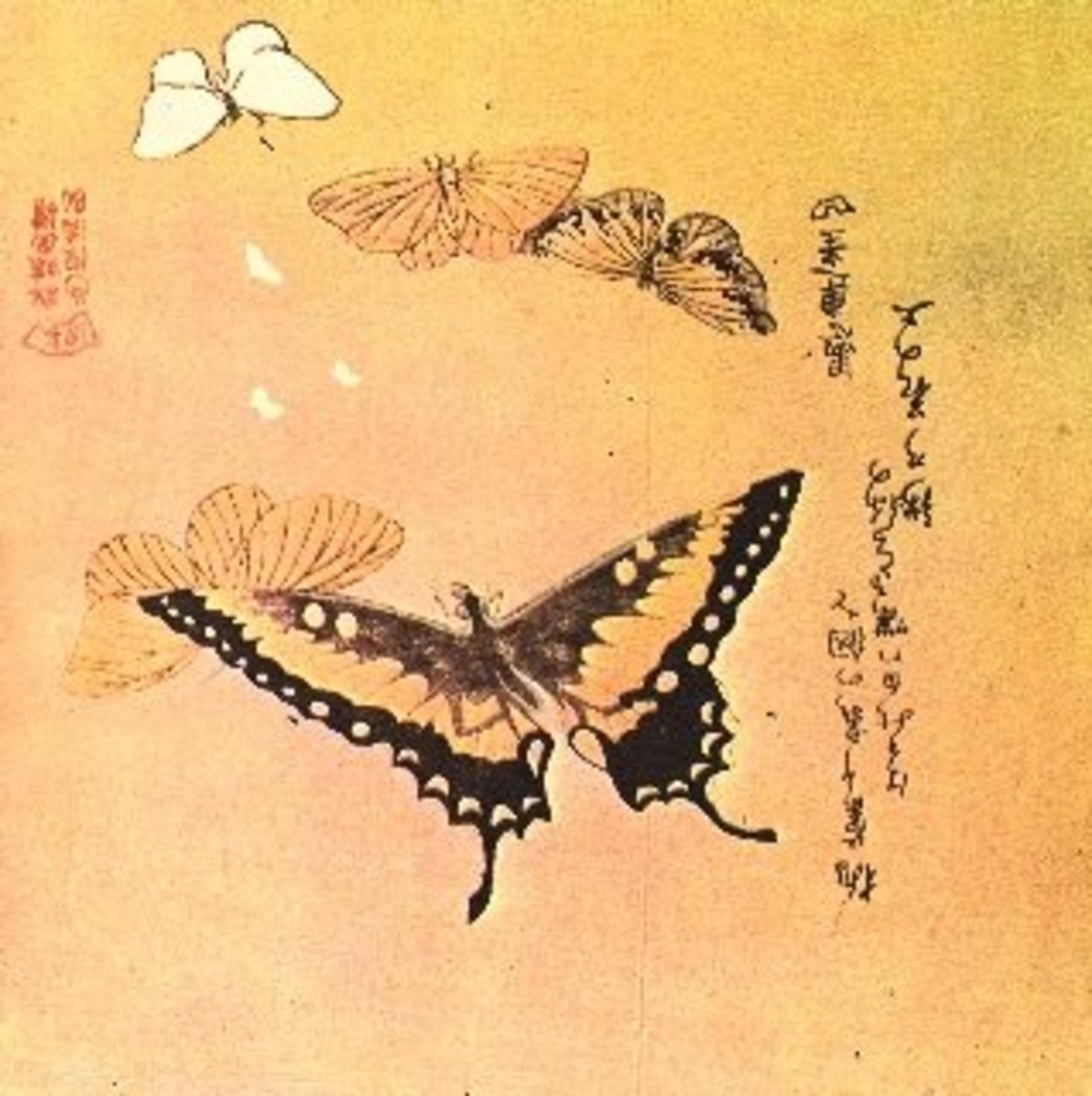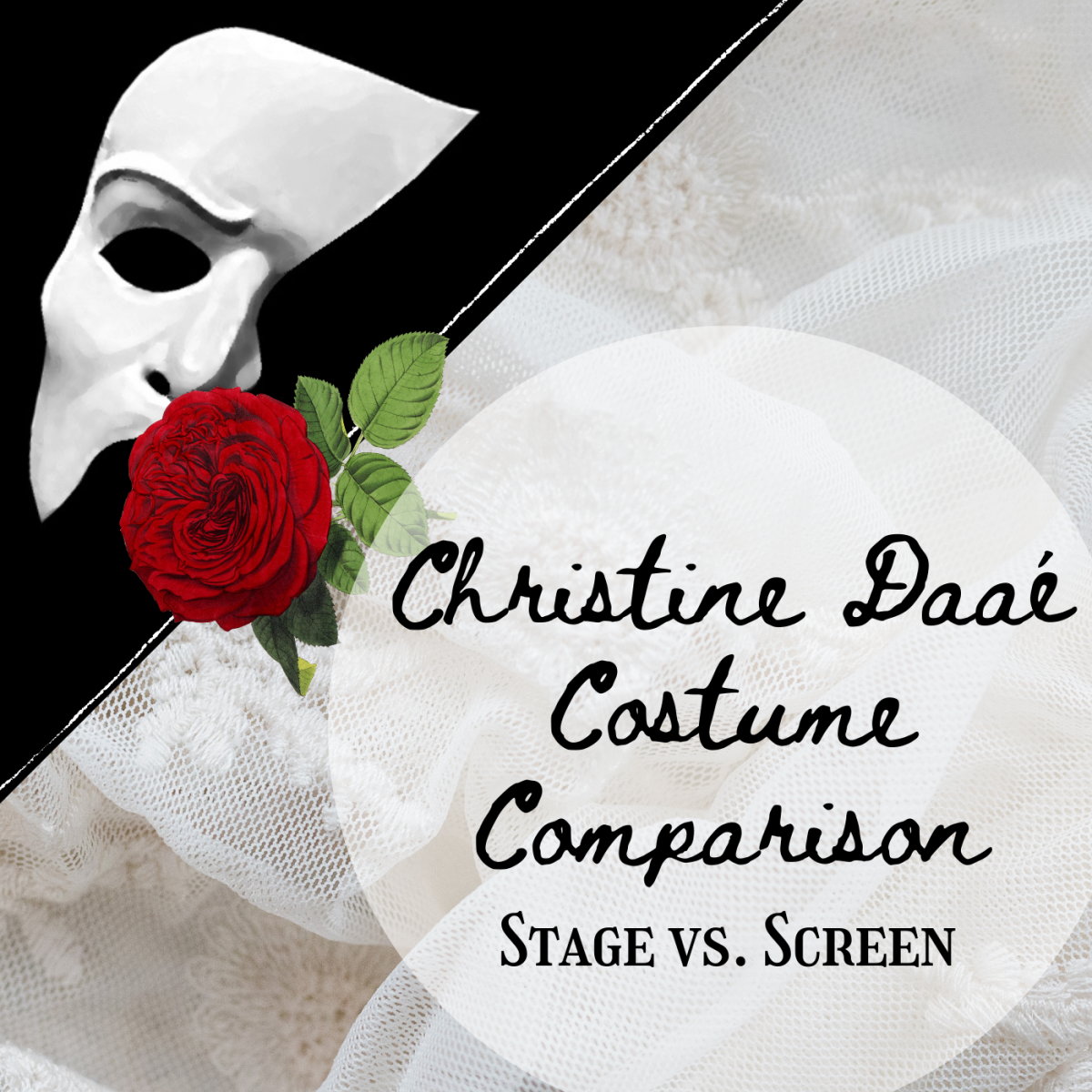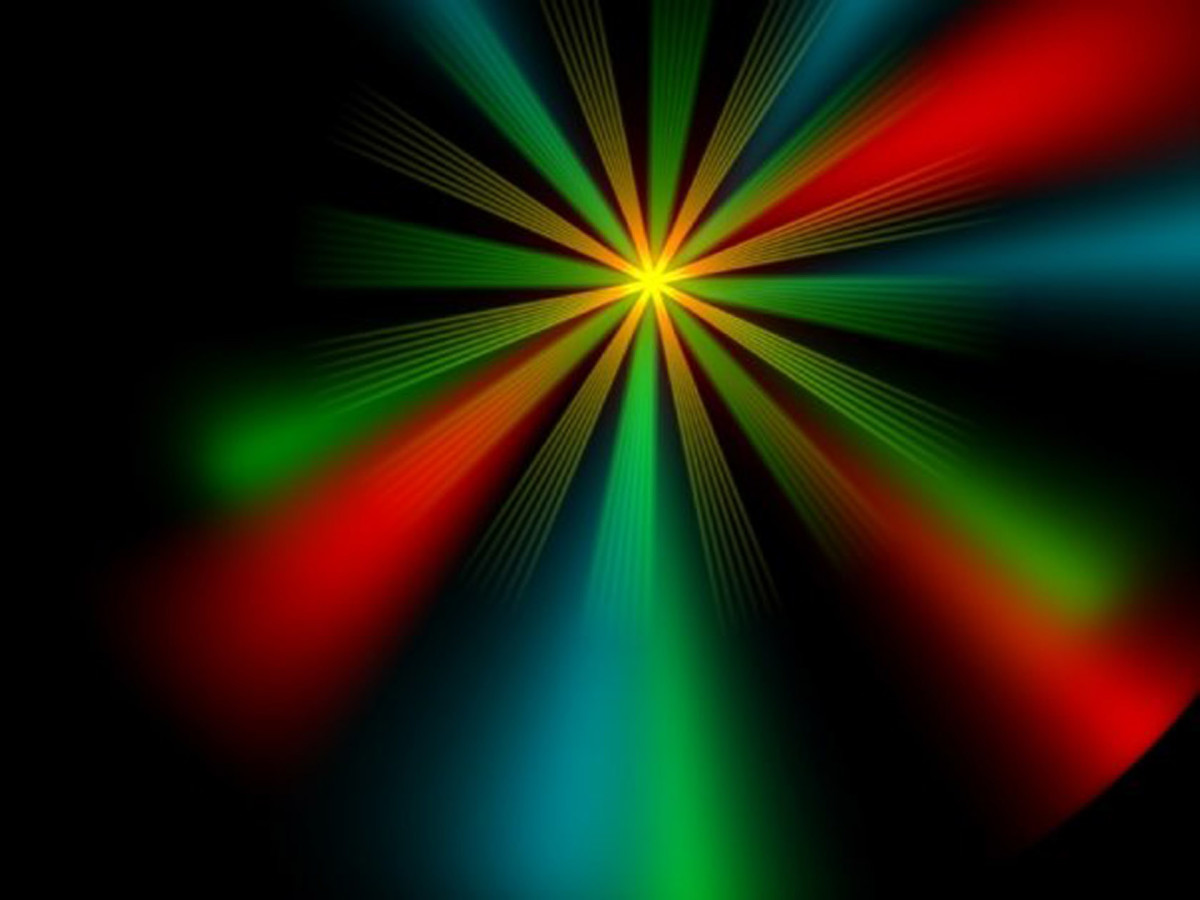Kabuki and Other Japanese Theatre
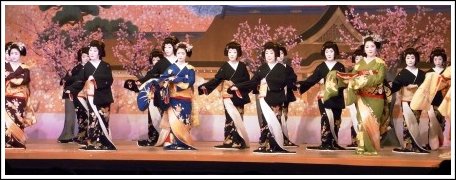

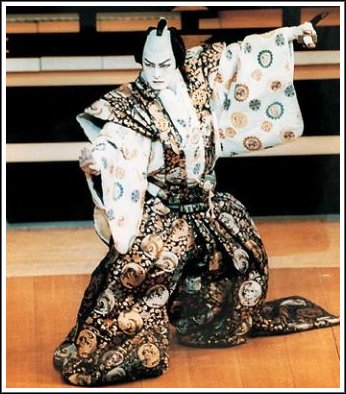
Kabuki theatre is a Japanese art form dating back about 400 years. Ironically, the art began with only females performing but is now only practiced by male actors. Over the centuries, the art form has had a rocky past but the essential ingredients have remained mostly intact. However, the rules governing its’ conduct has undergone several changes.
But, kabuki isn’t the only type of theatre Japanese enjoy. There are the “No Theatre,” “Bunraku theatre” and “Nihon Buyo,” a classical Japanese dance, closely related to Kabuki. In Nihon Buyo performers wear elaborate kimonos, traditional hairstyles and makeup similar to the geisha who were also talented musicians, storytellers, and dancers.
Over time the meaning of the word Kabuki changed and it came to be written with three characters: ka, meaning "song" and implying all music; bu, meaning "dance"; and ki, meaning "art or skill." Kabuki is sung and danced in the old Japanese language, therefore, even many modern day Japanese sometimes find it difficult to follow. As an illustration, take Shakespeare performed in old English. Headphones, which translate ancient Japanese into modern, are provided to make the plays easier to understand.

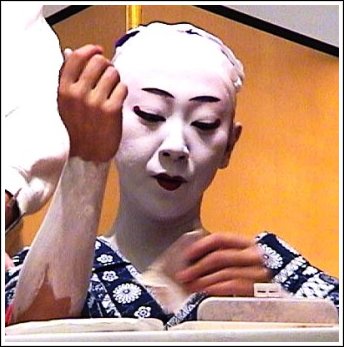
Originally the word ‘kabuki’ meant something ‘off beat’ or not quite moral. The actors were colorfully dressed, ex-samurai, courtesans and others in the early Edo period. In its’ beginning, kabuki players were all women. History has them performing other not so legitimate activities offstage.
As a result, eventually they were banned from performing within cities and towns. To fill the parts the roles went to young attractive boys who played male and female characters. To compensate for the absence of women upon the stage, greater attention was given to matters of costume and scenery. But this practice became just as corrupting, so for a time kabuki was forbidden to be performed legitimately.

Eventually, older men were allowed to perform all parts. However, the tops of their heads had to be shaved to eliminate any undue temptations to audience members. As an unseen plus of this action, more attention to skill became the focus instead of physical beauty.
No Kabuki theatre includes ancient stage dramas and even modern drama performed in Western countries. Also in No and Kabuki theatres, the actors are all men, performing various roles of women, villains, and heroes. The older No plays, originating in the 1300’s, are slow, methodical with simple plots. No plays are serious accounts of history and legend. Actors wear masks and move with meticulous gestures, all having deep symbolic meanings. Kabuki plays are livelier. The difference is in kabuki, actors don’t wear masks. Instead, their faces are intricately painted.
Bunraku, another ancient Japanese art, are puppet plays. The puppets, themselves works of art, are much larger than those found in Western culture. Each is operated by three puppeteers, dressed entirely in black so as to remain unseen by the audience.
Kabuki plays are melodramatic, highlighting historical or domestic events. Kabuki emphasizes colorful costumes, makeup, and extravagant scenery with embellished acting styles.
In Japan, kabuki actors are held in high regard and the profession is usually kept within families. The players diversify in while some excel in female roles others prefer to concentrate only on male characters. According to kabuki professionals the female characters are the more difficult of the two. Those specializing in the art of portraying women are called ‘onnagata.’ These professionals spend inordinate amounts of time training to move, talk, dress, eat and act like women.
The earliest reference to Kabuki dates to 1603 with documents recording a group of dancers led by a woman named Okuni. Okuni was thought to be a former temple dancer and possibly a prostitute. Her dances did away with the traditional masks and were far more entertaining. They seemed to have been a mixture of original folk dance and a religiously oriented dance called "nenbutsu odori".
The dance continued in this style for a time, and became popular not only with commoners but also the samurai and feudal lords. But, it also eventually came under the scrutiny of the authorities, who saw the practice as it as an immoral influence. Therefore, in 1629, officials used prostitution as grounds to ban women from the stage. The ban lasted until the fall of the Shogun and restoration of the emperor in 1868.
Young boys known as "wakashu," continued performing in their place. However, like the women, they used the arena to advertise their charms as well…although acrobatics were added as part of the entertainment. These are still an important feature of Kabuki.
There were many rules governing the way these boys practiced their art. One requirement had them shave their forelocks, which was considered erotic in adult males at the time. Although homosexuality was common, particularly among the upper classes, prostitution, in any form was not officially tolerated. Thus the young actors were also banned from the stage in 1652, again on grounds of immorality.
Music and dance are the most important elements of kabuki. It might well be classified as a summarization of all traditional Japanese theatrical art.






